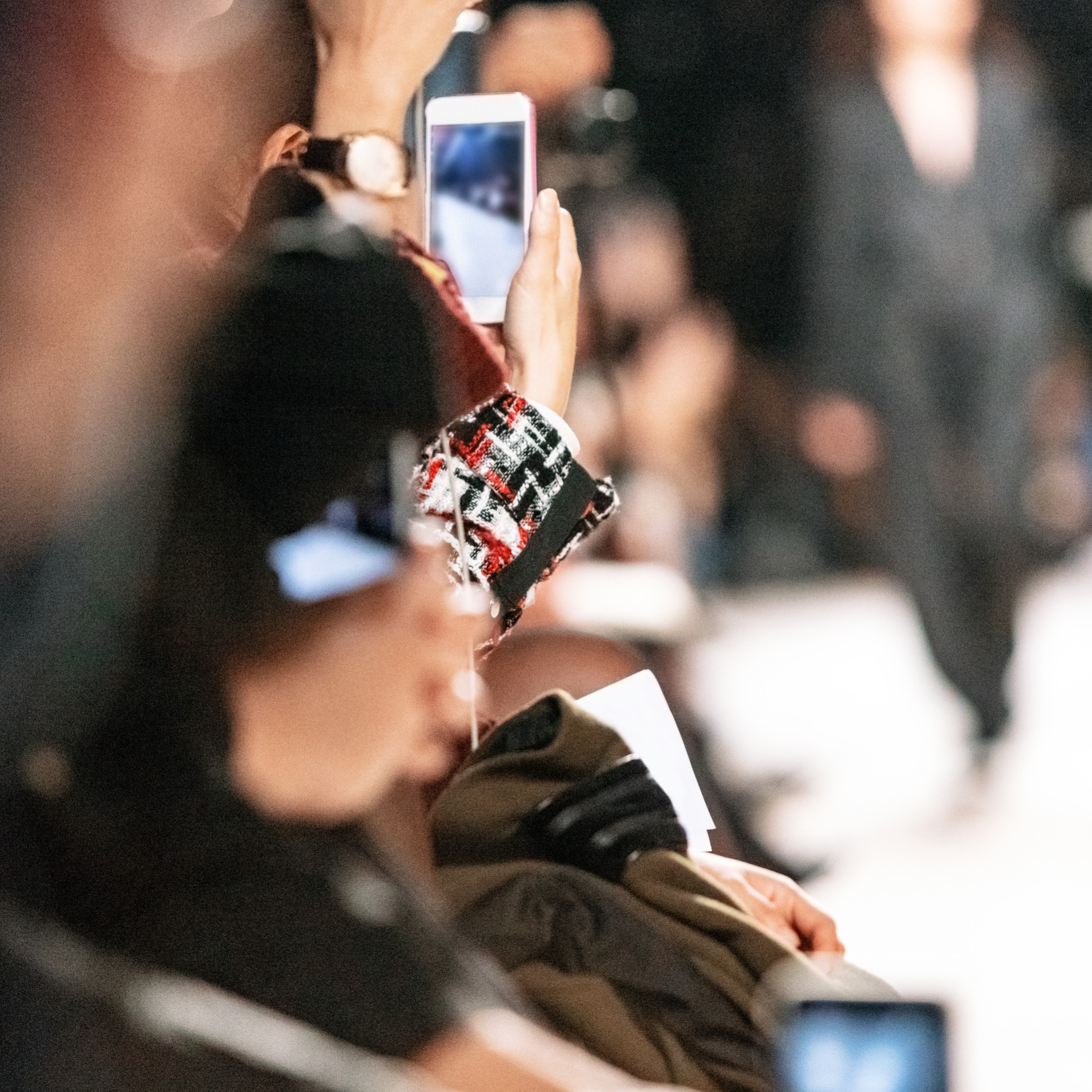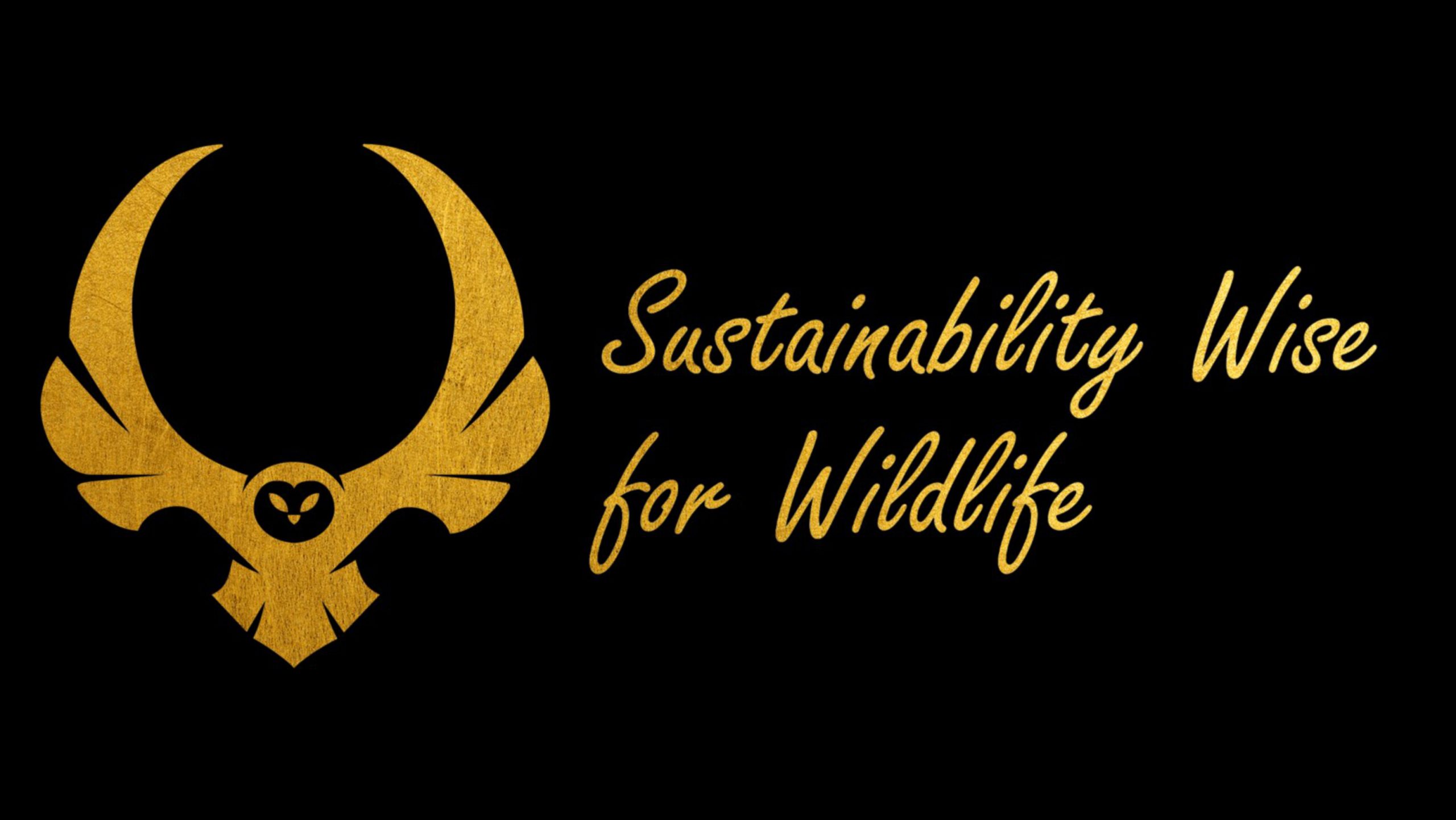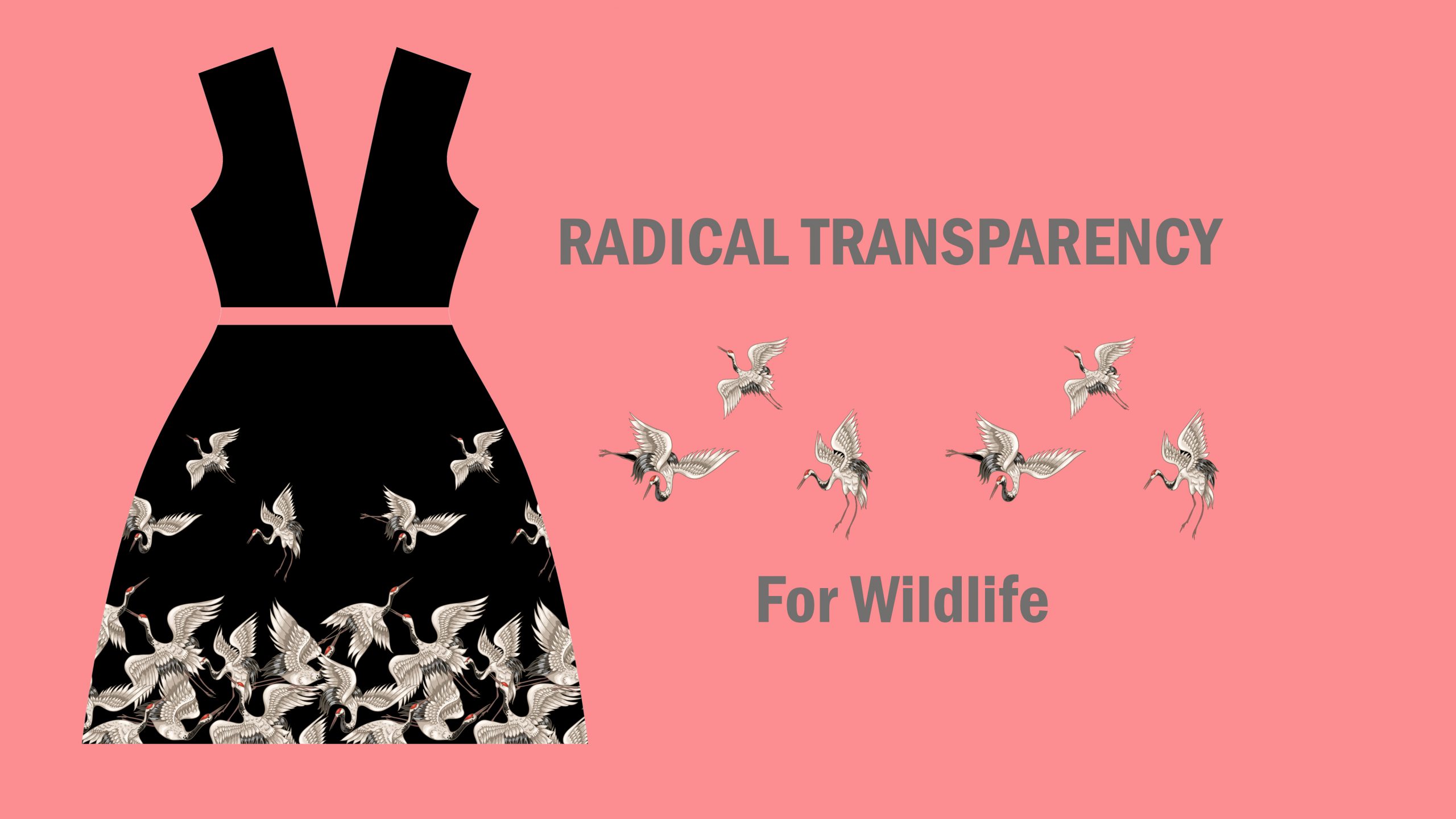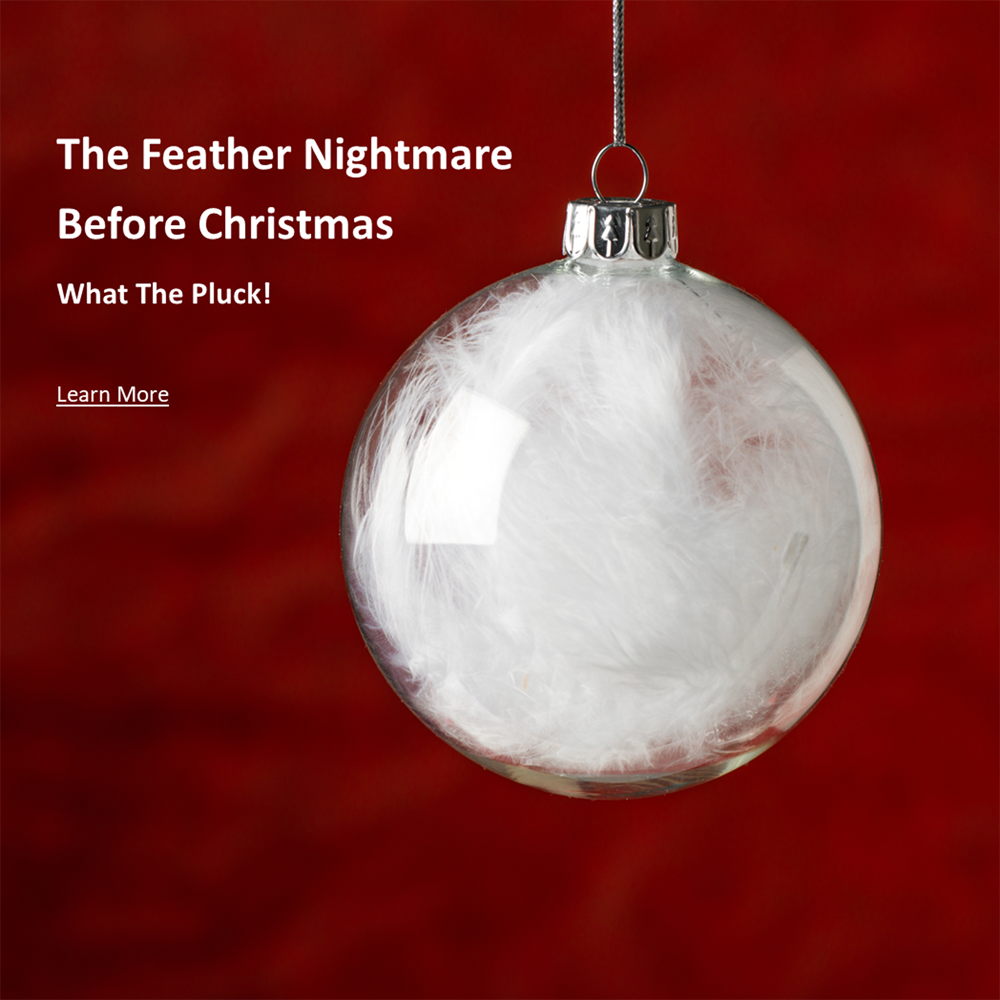Blind Spots And Blinkers
The Legal Trade In Endangered And Exotic Species.

Image CoffeeAndMilk
Lynn Johnson
22 May, 2021
Today, on May 22, the UN celebrates World Biodiversity Day. To mark the day, HowToSpendItEthically.Org, an initiative of Nature Needs More, is launching three new regular columns to the online magazine.
In early 2018, Nature Needs More first wrote about serious concerns regarding the use of endangered and exotic species in the fashion and luxury industries; specifically that the evolving sustainable fashion strategy had a blind spot when it came to the use of wildlife. Three years on, and this blind spot still exists, and, in some cases, when promoting certain vintage products, the sustainable fashion strategy can even contribute to driving up illegal poaching of certain species.
Building on this work, we were delighted to collaborate with Dr Catherine Kovesi, of the University of Melbourne, whose research includes the history of luxury consumption, on an August 2019 article, in Fashion Theory, titled, Mammoth Tusk Beads and Vintage Elephant Skin Bags: Wildlife, Conservation, and Rethinking Ethical Fashion. The article explores the issue that wildlife is not currently factored into the evolving sustainable fashion strategy.
Over recent years, we have spoken to a number of key people in the fashion and luxury industry and it is clear that wildlife is being ignored, either accidentally or deliberately.
In correspondence with Eva Kruse, CEO of GFA (Global Fashion Agenda), she said “The legal trade in endangered species is a critical issue and not one we have engaged with in depth before here at Global Fashion Agenda. With regards to biodiversity as a topic, we find that our community of brands and retailers generally hold a low level of knowledge in this area.” What makes this astonishing is that a 2016 European Parliament Report said “The wildlife trade is one of the most lucrative trades in the world. The legal trade into the EU alone is worth €100 billion annually.” Much of this value and profit is for the benefit of the fashion and luxury sectors.
Even the fashion industry’s reaction to the COVID-19 pandemic, which is a zoonotic disease, didn’t include a response to the use of exotic and endangered animals.

Image webphotographeer
Company supply chains, use both captive breeding facilities and wild-harvesting to obtain ‘raw materials’ for the production of clothing, footwear, accessories, jewelry and home-wares.
In statements from the British Fashion Council and the Council of Fashion Designers of America, regarding the need for a fashion industry reset, wildlife was ignored. Global Fashion Agenda’s, CEO Agenda COVID-19 Edition discussed a humanitarian and existential crisis [for the industry] as a result of the pandemic, but managed to ignore the root cause, the legal commercialisation of endangered and exotic species. It isn’t covered by new networks, from Business For Nature to President Emmanuel Macron’s G7 Fashion Pact, where he asked Kering Chairman and CEO, François-Henri Pinault to bring together ‘a global coalition of companies in the fashion and textile industry including their suppliers and distributors, all committed to a common core of key environmental goals in three areas: stopping global warming, restoring biodiversity and protecting the oceans.’
On the G7 Fashion Pact website it states, The “Pact” contains best efforts that are concrete (i.e. visionary but achievable) and that intend to directly address each of the priority areas. The “Pact” will not reinvent the wheel but create an overarching framework for action in relation to the One Planet Lab work streams. This includes direct links to the significant work already taking place in existing initiatives within the fashion sector in the manufacturing part of supply chains. The new targets will build on the existing initiatives such as Apparel Impact Institute, C&A Foundation, Ellen MacArthur Foundation, Fair Fashion Center, Fashion For Good, Sustainable Apparel Coalition, Textile Exchange, The United Nations Framework Convention on Climate Change (UNFCCC), UN International Labour Organization/Better Work, ZDHC. The aim is to ensure that new actions will fill the “gaps” across fashion supply chains.
Again, the blind spot is visible, as the monitor and regulator of the legal trade in endangered species, CITES, is not a part of this group. CITES, whose objective is to ensure that the international trade in endangered animals and plants does not threaten their survival in the wild. How can this not be included when, one of the three goals of The Pact is restoring biodiversity, and the direct exploitation of species for the legal trade has been confirmed as the most important driver of decline and extinction risk for marine species and the second most important driver of decline and extinction risk for terrestrial and freshwater species; the legal trade plays an even greater role than climate change to the decline for these species.
Awareness of the fashion and luxury industry’s blind spot, regarding the use of endangered and exotic species must be raised. This is why HowToSpendItEthically.Org has chosen World Biodiversity Day to launch three new initiatives.
We start with Fashion Week For Wildlife 2021.
Starting with Fashion Week Australia, HowToSpendItEthically.Org will send four questions to the CEO or communications manager of each and every fashion week. These four questions ask if the event has a specific policy on the sustainable use of endangered and exotic species in the collections it profiles. We also ask if the event requires all the designers and brands, it profiles, to provide their policy on how they manage their supply chain, when it comes to using endangered and exotic species for their collections.
We will confirm if we get a response (or not) and we will publish the responses we receive.
The second initiative is targeted at sustainable fashion influencers. Sustainability Wise For Wildlife, asks six quick questions about the influencers thoughts on the legal commercialisation of endangered and exotic species, and sustainability.
In doing this we will deliberately bypass those influencers focusing on vegan fashion, as currently the use of exotic and endangered species by the fashion industry falls into no man’s land between vegan fashion and pro-wildlife trade fashion; their main area of overlap being animal welfare.
The third initiative, Radical Transparency For Wildlife, asks 5 questions targeted at fashion industry groups, fashion industry advisors and consultants. These are the organisations that should be most on top of these issues, because companies and designers are looking to them for the most up-to-date advice on sustainability and, indeed, future trends. This includes the likes of fashion councils and sustainability consultants.
The aim of Sustainability Wise For Wildlife, Fashion Week For Wildlife and Radical Transparency For Wildlife is to help overcome these blind spots, and remove the blinkers that both the fashion and luxury industry and sustainable fashion influencers and consultants have, regarding the use of endangered and exotic species.
In this launch year, HowToSpendItEthically.Org aims to create a benchmark, and make transparent the fashion and luxury sectors current policies and standards around the legal trade of endangered and exotic species, an issue that is too often ignored or clinically sidestepped when discussing sustainability.
Currently, when it comes to the legal trade in endangered species, which generates hundreds of billions of profits annually for some of the biggest brands in the world, the luxury fashion sector is best described as seriously out of vogue, rather than a leading, fashion-forward innovator! We hope these three initiatives will help trigger change in the years ahead.

Subscribe To
[mc4wp_form id=”29″]







